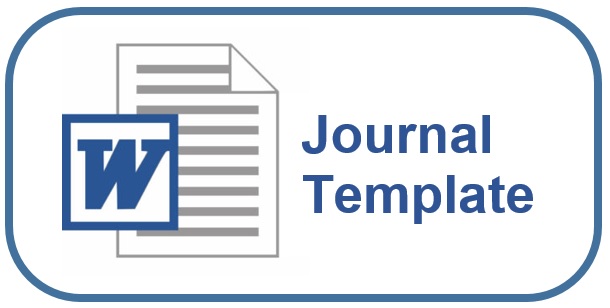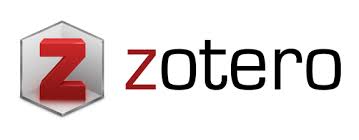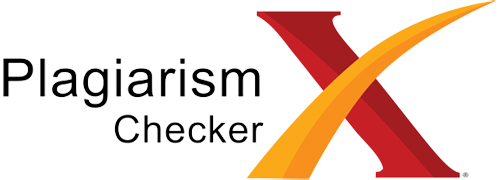Penyuluhan Risiko Bahan Kimia Laundry serta Penerapan Keselamatandan Kesehatan Kerja (K3) di Industri Laundry
DOI:
https://doi.org/10.36277/abdimasuniversal.v5i2.306Keywords:
counseling, laundry, OSH, risks , chemicalsAbstract
The laundry industry is one of the industries that is growing rapidly at this time. The development of this industry cannot be separated from the growing need for human clothing. While carrying out their work, laundry workers have a risk of exposure to laundry chemicals. However, most laundry workers do not understand these risks and how to prevent and handle them. This service activity aims to provide counseling to laundry workers regarding the risks of laundry chemicals and the application of occupational safety and health in the laundry industry. Counseling was carried out directly to one of the laundry industries in Tangerang City, involving 14 laundry workers. The material provided includes various types of laundry chemicals, potential hazards, how to prevent them and the need for OSH applications such as the use of PPE in work. The results of the activity evaluation show that this counseling activity has an impact on increasing the knowledge of laundry workers regarding the risks of laundry chemicals and how to prevent and handle them. Evaluation of the usefulness of the activity and the activity presenter gave the result that the presenter conveyed the material clearly so that all laundry workers agreed that this extension activity was very useful.
Downloads
References
Ambardar, A. (2015). Occupational Safety and Health of Laundry Employees in Hotel Industry. International Journal of Hospitality & Tourism Systems, 8(1), 32–39.
Astuti, T. P., Wahyuni, I., & Jayanti, S. (2019). Hubungan Karakteristik, Pengetahuan, Sikap Dan Pengawasan Dengan Kepatuhan Pemakaian Alat Pelindung Diri Pada Petugas Laundry(Studi di RS. X Provinsi Lampung). Jurnal Kesehatan Masyarakat, 7(3), 39–46.
El-Wahed, S. M. H. A., Abbas Ali, S., Al-kotb Mohamed, H., & Kassem Farg, H. (2020). Occupational Hazards among Hospital Laundry Workers at Ismailia City, Egypt. American Journal of Nursing Research, 8(4), 471–476. https://doi.org/10.12691/ajnr-8-4
Eryando, T., Afriansyah, E., Susanna, D., Wulandari, D., & Agustini, T. (2018). Program Pembangunan Kesehatan Masyarakat Berbasis Digital Di Daerah Pesisir Kecamatan Palabuhanratu Tahun 2017. Charity, 1(1), 1. https://doi.org/10.25124/charity.v1i01.1572
Febiana, C., & Khotimah, N. (2023). The Effect of Linen Management on the Safety and Health of Laundry Workers at the “X” Hospital in Bandung. International Journal of Business, Economics and Social Development , 4(2), 72–79.
Jusoh, Z., Shattar, N. A., Majid, H. A. M. A., & Adenan, N. D. (2016). Determination of Hazard in Captive Hotel Laundry Using Semi Quantitative Risk Assessment Matrix. Procedia - Social and Behavioral Sciences, 222, 915–922. https://doi.org/10.1016/j.sbspro.2016.05.229
Justitia, A., Werdiningsih, I., Effendy, F., & Taufik, T. (2021). Pelatihan dan Pendampingan Digital Marketing bagi UMKM Jasa Laundry menuju UMKM Go Digital. Jurnal Nasional Pengabdian Masyarakat, 2(2), 60–72. https://doi.org/10.47747/jnpm.v2i2.388
Juwita, A. I., Sushanti, D. G., Pertanian, P., & Kepulauan, N. P. (2019). Introduksi Bahan Aman Dan Ramah Lingkungan Pada Usaha Laundry Di Kabupaten Barru. Jurnal Dinamika Pengabdian, 4(2).
Kwon, S., Holland, D., & Kern, P. (2009). Skin safety evaluation of laundry detergent products. Journal of Toxicology and Environmental Health - Part A: Current Issues, 72(21–22), 1369–1379. https://doi.org/10.1080/15287390903212675
Laulit, N. B., Winata, W., & Vinchen, H. (2023). Penerapan Manajemen Risiko Kesehatan Dan Keselamatan Kerja (K3): Studi Kasus Di Toko Aneka Karya Kusen Batam. Jurnal JUKIM, 2(1), 100–106.
Lee, I., & Ji, K. (2022). Identification of combinations of endocrine disrupting chemicals in household chemical products that require mixture toxicity testing. Ecotoxicology and Environmental Safety, 240. https://doi.org/10.1016/j.ecoenv.2022.113677
Leri, A. C., & Anthony, L. N. (2013). Formation of organochlorine by-products in bleached laundry. Chemosphere, 90(6), 2041–2049. https://doi.org/10.1016/j.chemosphere.2012.10.088
Mulyani, Y., Gardiarini, P., & Karim, S. (2019). Penerapan Kesehatan Keselamatan Kerja (K3) Di UMKM Laundry Balikpapan. Jurnal ABDINUS : Jurnal Pengabdian Nusantara, 2(2), 122. https://doi.org/10.29407/ja.v2i2.12531
Omoijiade, E. N., & Evbuomwan, L. (2019). Hazards Exposures and the Common Health and Safety Complaints Among Hospital Laundry Workers: A Comparative Study. Journal of Health and Environmental Research, 5(3), 63. https://doi.org/10.11648/j.jher.20190503.11
Pratiwi, A. P., & Diah, T. (2023). Hubungan Personal Hygiene Dan Penggunaan Alat Pelindung Diri Dengan Kejadian Dermatitis Kontak. Jurnal Ilmiah Kesehatan Media Husada, 12(1), 90–97. https://ojs.widyagamahusada.ac.id
Rianingrum, N., Novianus, C., & Fadli, R. K. (2022). Faktor-Faktor Yang Berhubungan Dengan Keluhan Dermatitis Kontak Iritan Pada Pekerja Laundrydi Kecamatan Cipondoh Kota Tangerang Tahun 2021. 3(2), 52–61.
Sari, E. N., Handayani, L., & Saufi, A. (2017). Hubungan Antara Umur dan Masa Kerja dengan Keluhan Musculoskeletal Disorders (MSDs) pada Pekerja Laundry. Jurnal Kedokteran Dan Kesehatan, 13(2), 183–193.
Sembodo, T., Karyadini, H. W., & Nasihah, S. D. (2021). Lama Kontak Deterjen dan Kejadian Dermatitis Kontak pada Ibu Rumah Tangga. Jurnal Penelitian Kesehatan Suara Forikes, 12(3), 326–328.
Steinemann, A. (2017). Health and societal effects from exposure to fragranced consumer products. Preventive Medicine Reports, 5, 45–47. https://doi.org/10.1016/j.pmedr.2016.11.011
Steinemann, A. C., MacGregor, I. C., Gordon, S. M., Gallagher, L. G., Davis, A. L., Ribeiro, D. S., & Wallace, L. A. (2011). Fragranced consumer products: Chemicals emitted, ingredients unlisted. Environmental Impact Assessment Review, 31(3), 328–333. https://doi.org/10.1016/j.eiar.2010.08.002
Susianti, R., Herniwanti, & Purwonegoro, H. M. (2022). Analisis Kepatuhan Pemakaian Alat Pelindung Diri Pada Petugas Laundry Di Instalasi Laundry Rsud Dumai. Prosiding Forum Ilmiah Tahunan IAKMI (Ikatan Ahli Kesehatan Masyarakat Indonesia) , 1–6.
Upadhyaya, B. R., Smita Kavatekar, D., & Savant, D. P. (2022). LAUNDRY MANAGEMENT AND ENVIRONMENT-A STUDY. In Journal of Positive School Psychology (Vol. 2022, Issue 7). http://journalppw.com





















